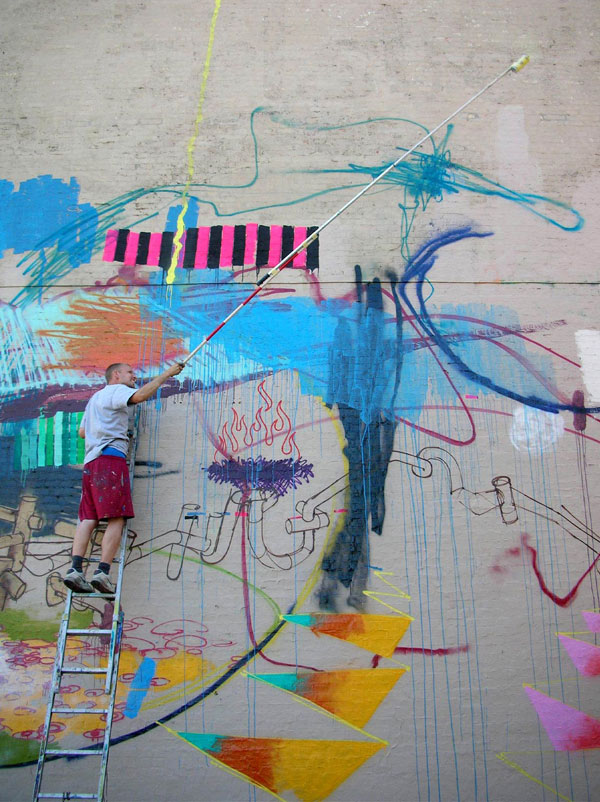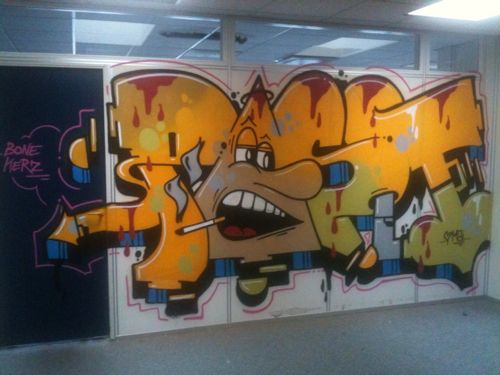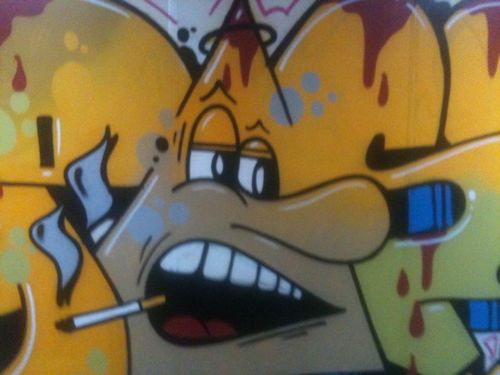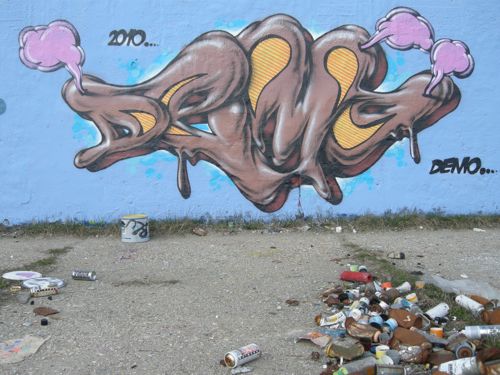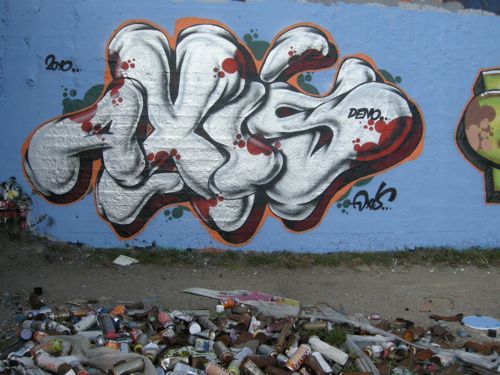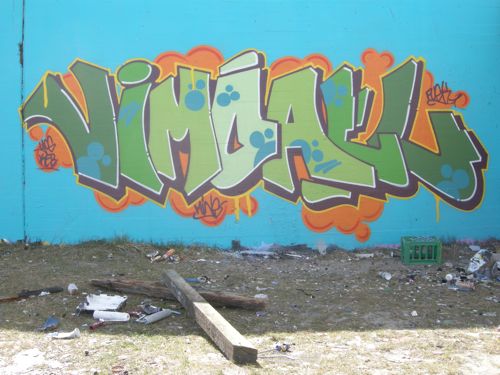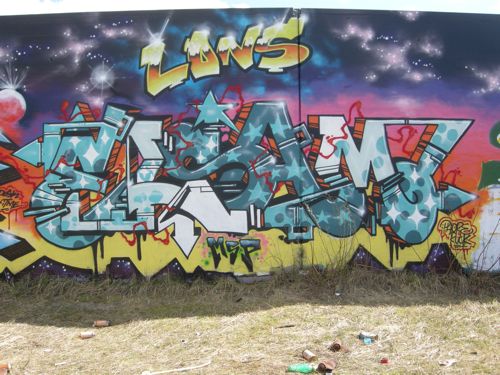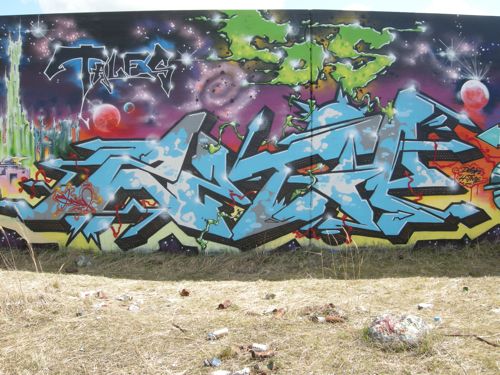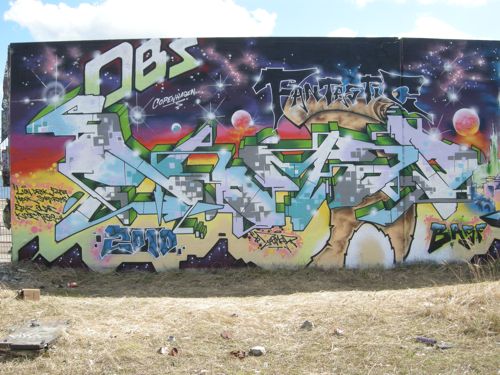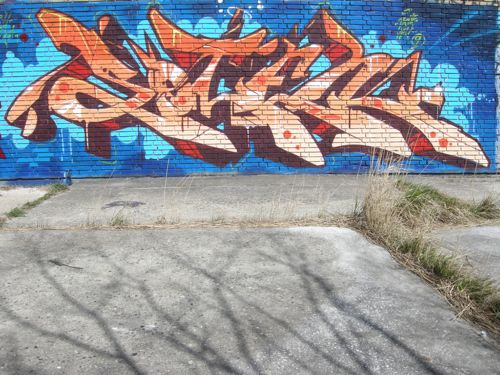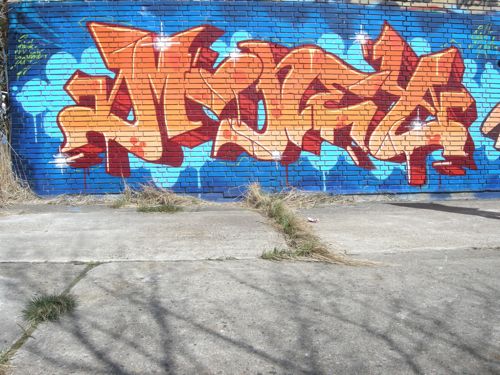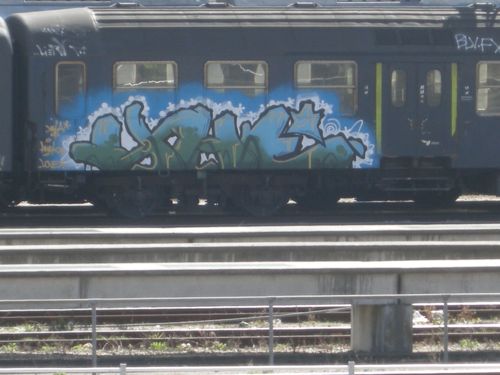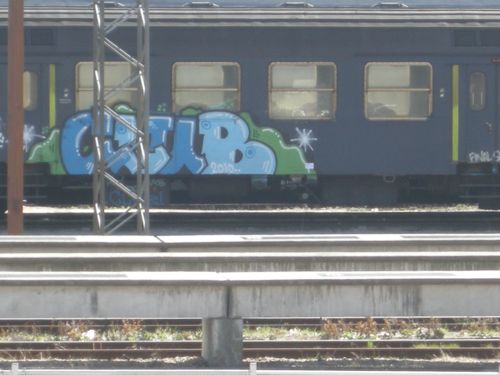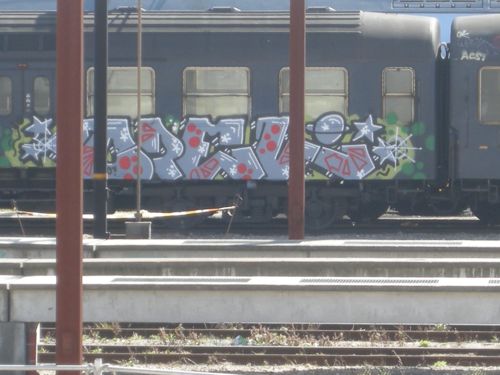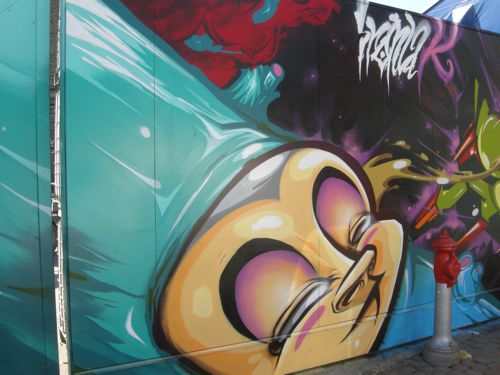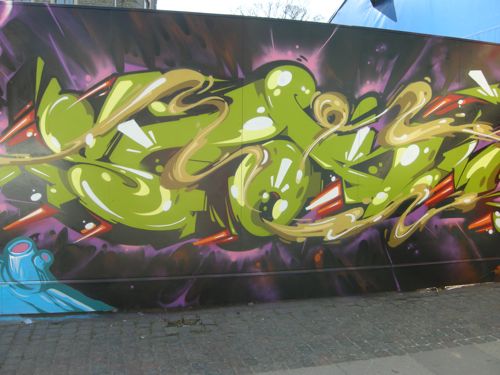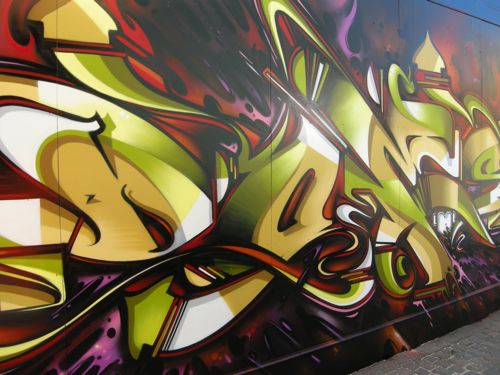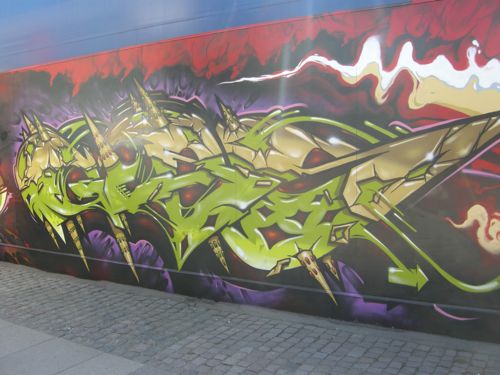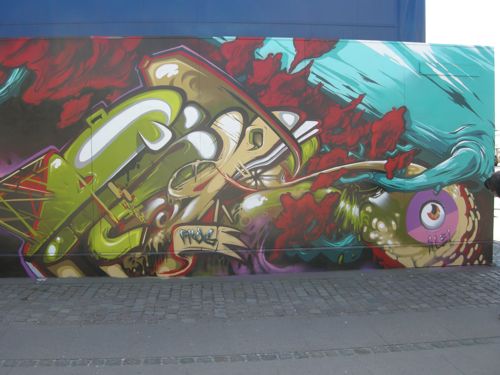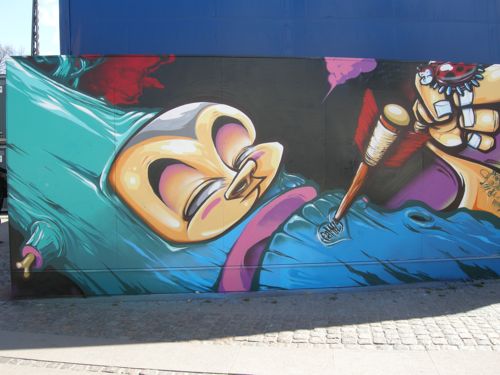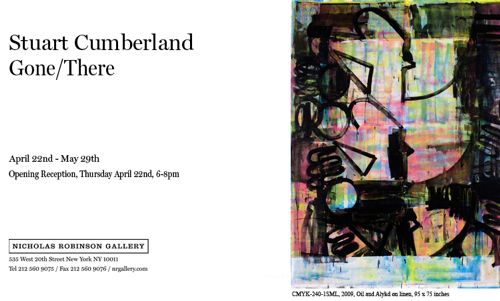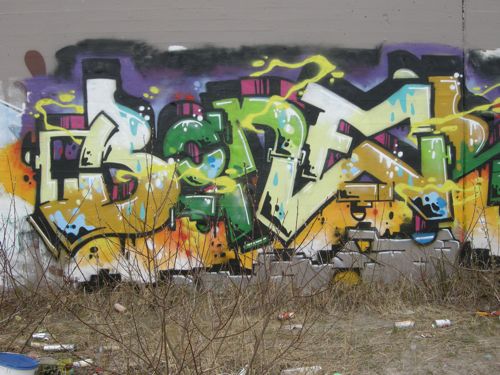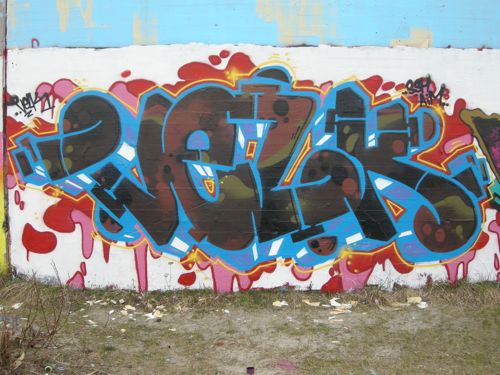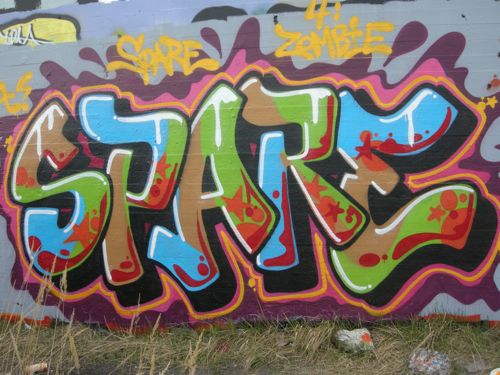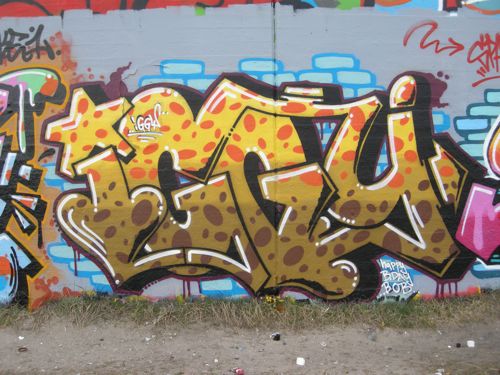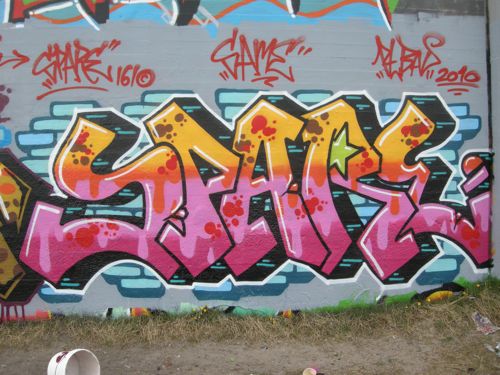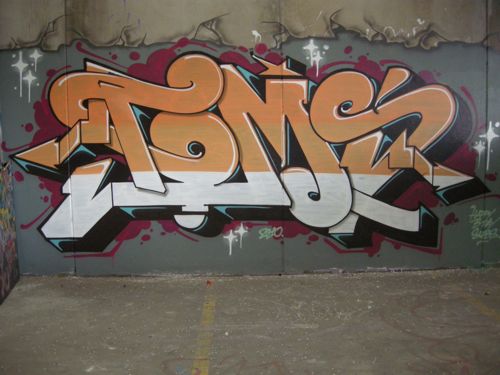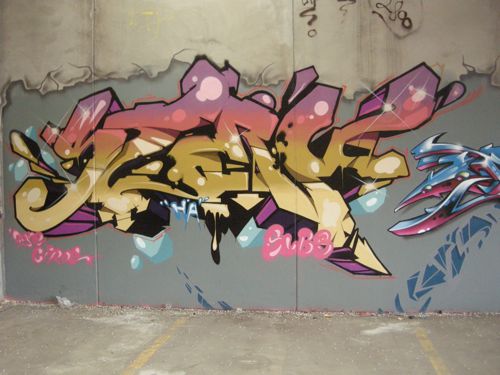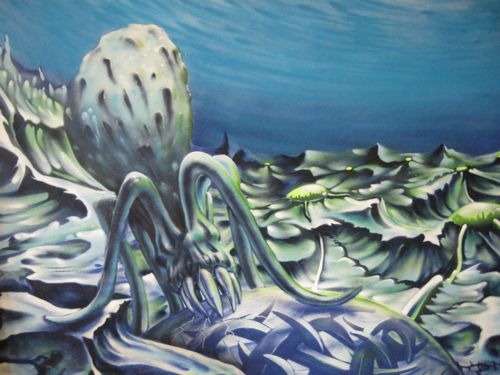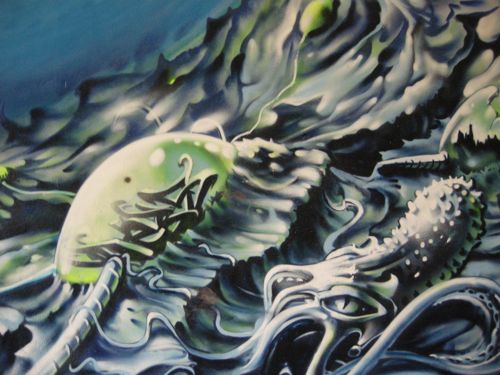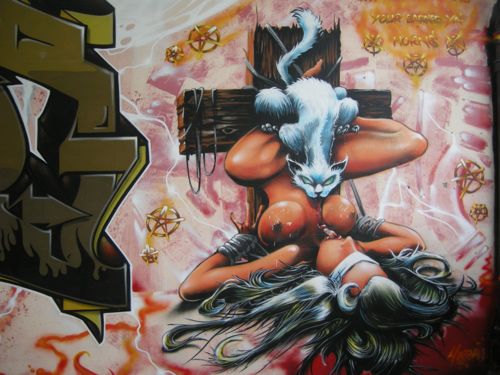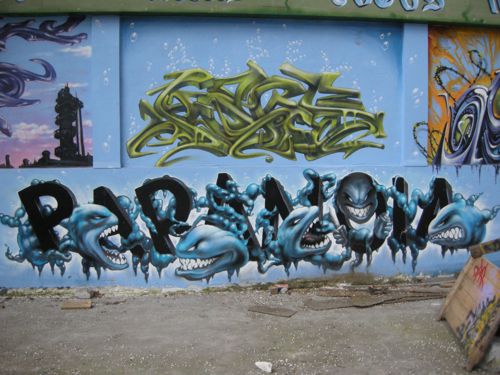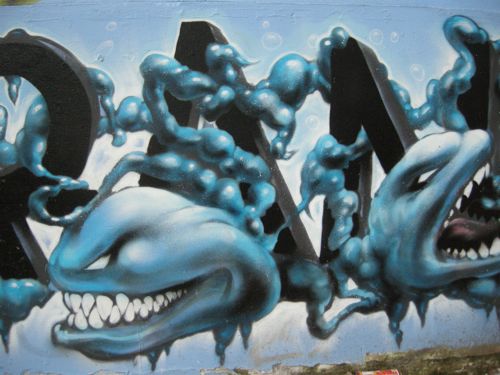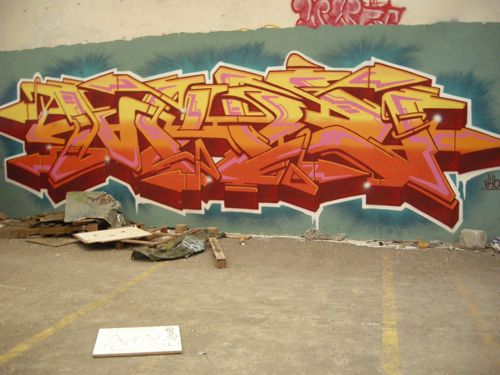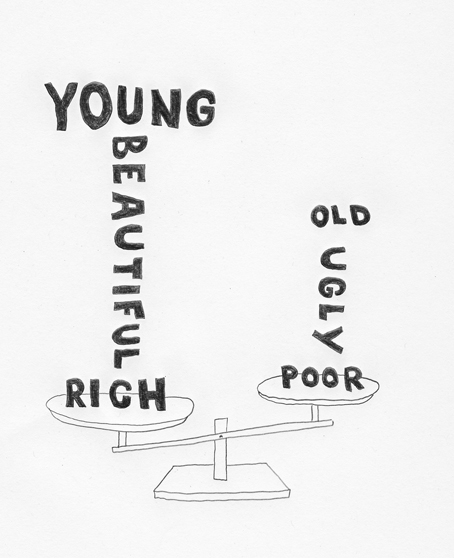
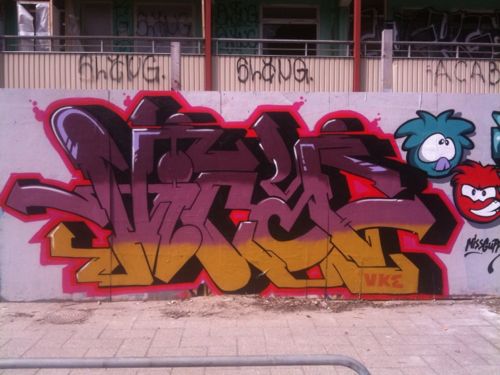
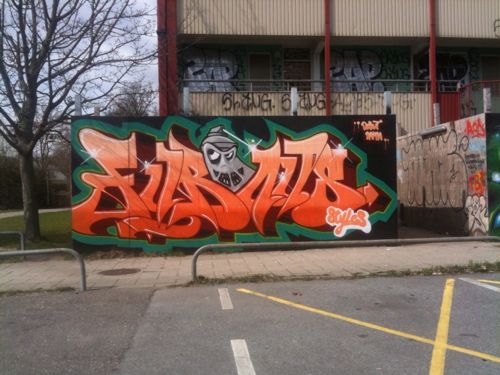


Month: April 2010
Moshekwa Langa // Wuthering Heights
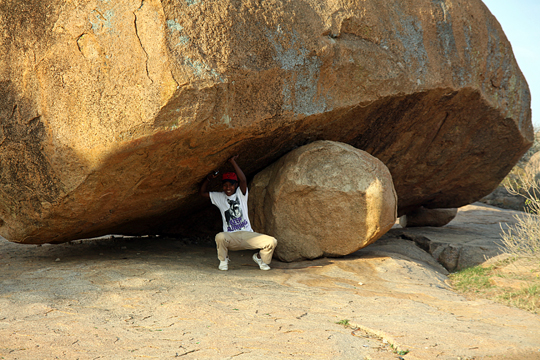
![]() The South African artist Moshekwa Langa (born 1975) will show new works : drawings, collages and photographs as well as a video work and an installation on the floor. In his work, Langa draws on materials and ideas from his immediate vicinity. In his so called “broken landscapes” he is using wall paint, spray paint, nail polish, red wine and salt. As he layers the various materials on top of each other, he simultaneously creates layers of meaning and references that often remain ambivalent or cryptic, leaving the work of decoding entirely to the viewer.
The South African artist Moshekwa Langa (born 1975) will show new works : drawings, collages and photographs as well as a video work and an installation on the floor. In his work, Langa draws on materials and ideas from his immediate vicinity. In his so called “broken landscapes” he is using wall paint, spray paint, nail polish, red wine and salt. As he layers the various materials on top of each other, he simultaneously creates layers of meaning and references that often remain ambivalent or cryptic, leaving the work of decoding entirely to the viewer.
In his photographic work, Langa gives us insight into South African culture. He takes portraits of the inhabitants of his home city or captures them in everyday situations. If Langa’s universe seems to consist of unstable fragments, it is nonetheless concerned with the realities of daily existence. In his work, he deals predominantly with issues such as identity, social affiliation and religious rituals. Langa describes himself as a documentarian. He observes life and creates maps of its geographic and psychological history. The results of his work are not placed as much at the forefront for Langa as is the process of their creation. His exhibition at Galerie Mikael Andersen was made in the gallery-owned studio in Pfefferberg where Moshekwa Langa is currently living and working.
Moshekwa Langa lives and works in Amsterdam and Johannesburg. His work has been exhibited extensively and was included in the Venice Biennial in 2009. He will have a solo exhibition in 2011 at Kunsthalle Bern in Switzerland. He will also exhibit works at the Biennial Prospect 2 in November 2011 in New Orleans.
WILLIAM ANASTASI
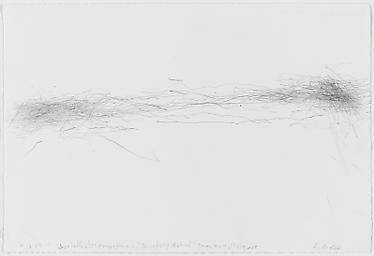
GERING & LóPEZ GALLERY is pleased to present WILLIAM ANASTASI: Drawings. This will be Anastasi’s first exhibition with the gallery, and his fifth solo exhibition with Sandra Gering.
In a recent statement for the Foundation for Contemporary Arts in honor of his receipt of the 2010 John Cage Award, Anastasi remarked that one of his earliest memories was his Italian immigrant mother calmly telling him that “But of course the best thing anyone could be in this world is an artist.” Although his canonical works have influenced generations of artists and are in the permanent collections of the most prestigious institutions in the world, Anastasi closed his statement to the Foundation for Contemporary Arts with a quotation from Kant’s Critique of Pure Reason: “Nearly through the whole of my work I have felt doubtful what to do.” Well-known to art world insiders as the perennial conceptualist, there is a strikingly human vulnerability in the artist’s oeuvre and method.
Anastasi’s practice is interdisciplinary, informed by physics, music, and social thought. Like his close friend John Cage, Anastasi is fascinated by the element of chance in creation. The strongest intentionality in his work comes from his attempts to block out his conscious sensory responses to his surroundings. He has famously blindfolded himself and drawn to the background ‘noise’ of classical music, making every effort to prevent the sound from influencing his movements. He wears noise-canceling headphones on the subway in order to create his own sensory deprivation experience while he produces his Subway Drawings. By attempting to exclude his senses from the artistic process, Anastasi acts as a passive conduit through which Art passes, a perfect example of the ideal Heideggerian artist. Anastasi finds chance much more intriguing than volition, and has always thought the aesthetic result of his work fared better when he did not look at the drawing, or when he let a pair of dice decide where the markings should go.
The drawings in this exhibition showcase the conceptual and tangible possibilities randomness brings forth. Works include examples from major series that Anastasi began in the 1960s, as well as new works from the present day such as pocket drawings, subway drawings, constellations, theatre drawings, bursts, and drop drawings. This complex figure, perhaps plagued by self-doubt and on a ceaseless quest for self-discovery, has secured his position as a seminal Artist, and continues to innovate today.
William Anastasi was born in Philadelphia, PA in 1933. The recipient of the 2010 John Cage Award, Anastasi is in nearly every major permanent collection, including The Metropolitan Museum of Art, NY; The Museum of Modern Art, NY; The Whitney Museum of American Art, NY; The Guggenheim Museum, NY; The Art Institute of Chicago, IL; The National Gallery of Art, Washington, D.C.; The Museum of Contemporary Art, Los Angeles, CA; The Brooklyn Museum of Art, NY; The Getty Museum, Los Angeles, CA; The Philadelphia Museum of Art, PA; The Ludwig Museum, Germany; Center for Contemporary Art, Malmo, Sweden; The Jewish Museum, NY; and The Walker Art Center, Minneapolis, MN, among many others. He has had solo exhibitions at The Neuberger Museum of Art, NY; The Mattress Factory, Pittsburgh, PA; The Whitney Museum of American Art, NY; and The Kunstmuseum, Dusseldorf. His work was recently featured in The Whitney Museum exhibition Collecting Biennials. Anastasi lives and works in New York, NY.
Gering Lopez Gallery
Artist Web // Dais ::….
Copenhagen Graffiti (Walls & Blue Trains) //
Stuart Cumberland
Fifth Floor: Astrid Myntekær
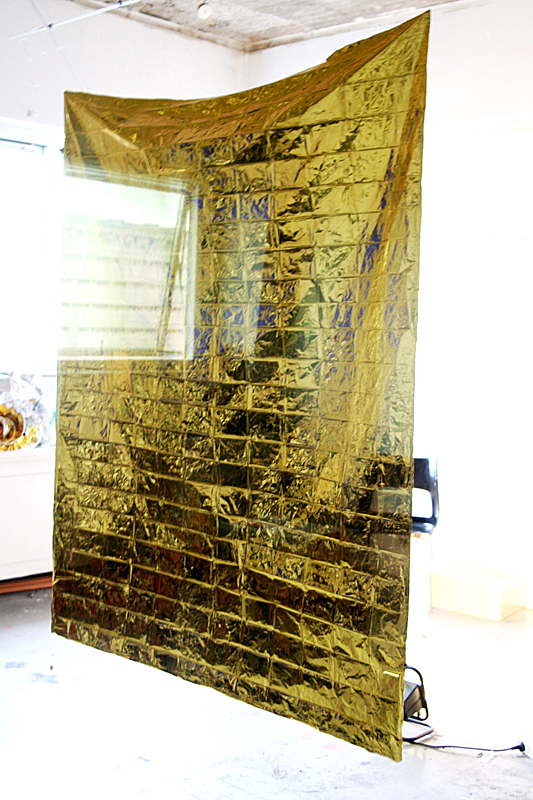
Fifth Floor is very pleased to present Astrid Myntekær’s first solo show
Absence of Evidence is not Evidence of Absence.
Astrid Myntekær is investigating the borders of the sensible and the knowable.
Her work progresses from a laboratory-like situation, where materials, shapes and constellations are juxtaposed, studied and changed.
Light is everywhere, but never seen. It is only when light meets resistance that it reveals itself.
Absence of Evidence is not Evidence of Absence presents objects from Astrid Myntekjær’s poetic research in light, shadow, tranparency and reflection.
With intimate, delicate and fragile aesthetics Astrid Myntekær’s work exposes itself to the curious viewer, and questions presence and absence, evidence and reality.
Astrid Myntekær is studying at the Royal Art Academy, Copenhagen
